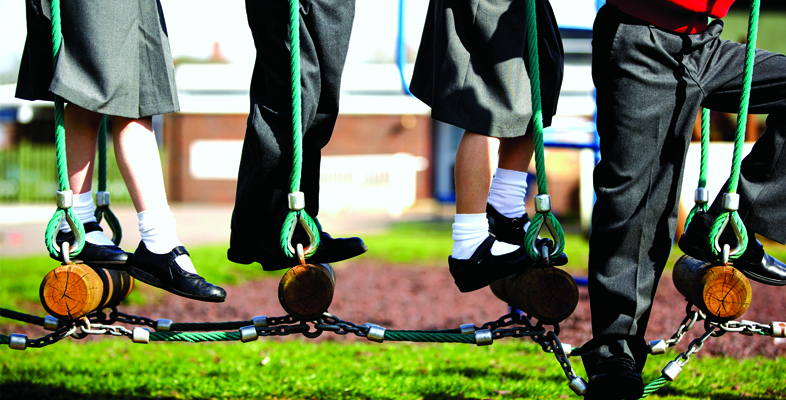4 Observation and listening case studies
In the mid-1970s A Language for Life (Department for Education and Science, 1975), also known as the Bullock Report, captured the fundamental importance of language in our learning and our lives. This report surveyed 2,000 schools and produced findings related to reading, writing and spelling, and language, but it chose to highlight language in its title, and stated that many children need ‘opportunities for talk with a sympathetic adult’ (p. 67) and recommended that there should be ‘additional adults’ and ‘teachers’ aides’ to do this, as well as teachers. Teaching Assistants, Pupil Support Assistants and Additional Needs Assistants in primary schools today often fulfil this talking and listening role with children.
In the two case studies that follow, the adults are examples of the Bullock Report’s idea of sympathetic ‘others’ who provide children with opportunities for talk in an informal way. One of the examples involves children who are learning English as an additional language. The transcripts provide practical examples of how adults in school can learn about children, such as listening nearby while children work, or by working alongside children and talking with them.
